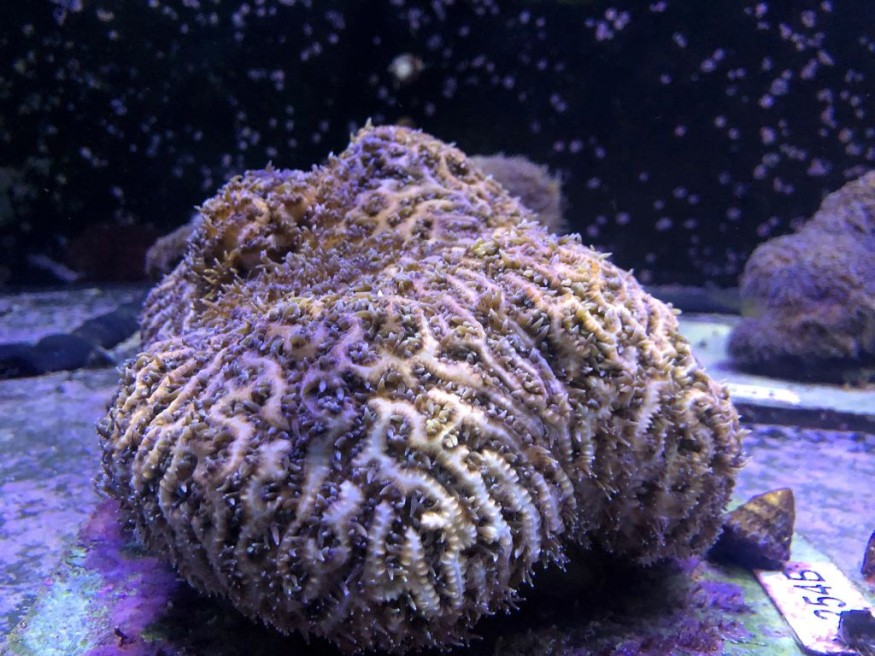
Coral spawning happens only twice a year along the Great Barrier Reef, after the full moon in October and November.
Thanks to artificial moonlight and controlled temperatures, scientists have now bred corals in the middle of winter which is the first-ever out-of-season spawning event in coral breeding history, according to Good News Network. The breakthrough which was two years in the making has increased the capacity of corals to grow in captivity, allowing scientists to spawn coral 50% more often than in nature.
Coral colonies are being kept in captivity at the Australian Institute of Marine Sciences (AIMS) in hopes of transplanting them to the biggest reef on earth. At the Institute's Townsville lab, 43 lab corals were spawned despite being 6-months ahead of schedule.
"Finally, this year we've managed to get 43 coral colonies to spawn six months before they are supposed to," senior aquarist Lonidas Koukoumaftsis told ABC Australia. "The corals that just spawned are sort of living in the future."
Hope for the Great Barrier Reef
Now that researchers have made coral spawn months out of season, researchers at AIMS will have three opportunities to harvest offspring this year.
"We're going to have a lot of opportunities to advance coral reproductive biology," Mr Koukoumaftsis said. "Normally we can only explore this once a year in the summer period."
Corals are normally guided by seasonal warming, moon phases and tides. Under controlled conditions in a Townsville lab, researchers see if corals could spawn during another period before eventually being transplanted back to the reef.
"At the moment we only have about two times a year we can generate these juvenile corals and then plant them on the reef," said Koukoumaftsis "Possibly in the future we can increase that ability to restore the reef."
Coral spawning is a natural phenomenon on the GBR, and this spawning cycle is one of nature's most spectacular events, as per the National Ocean Service. Once a year, corals reproduce by releasing their eggs and sperm all at the same time on cues from the lunar cycle and the water temperature. Like an "underwater blizzard", billions of colorful flakes cascade in white, yellow, red, and orange into the ocean.
Long-Term Goal
According to postdoctoral research fellow Cathie Page, every coral spawning advances her research into increasing the survival rate of corals. "It allows us to apply our techniques in different months of the year, spread that research out, and fast-track our knowledge," she adds.
The Australian Institute of Marine Science's long-term goal is to spawn corals year-round in the Townsville lab. Mr Koukoumaftsis said more opportunities to harvest coral spawn would strengthen restoration efforts on the Great Barrier Reef.
Now that the coral cover in parts of the Great Barrier Reef dramatically improved at record levels after mass-bleaching events, as report shows, the Australian scientists are more inspired to pursue the research and bring hope to the world's largest coral reef system. After all, diversity is what we need to emphasize longevity of a healthy ecosystem.
© 2025 NatureWorldNews.com All rights reserved. Do not reproduce without permission.





